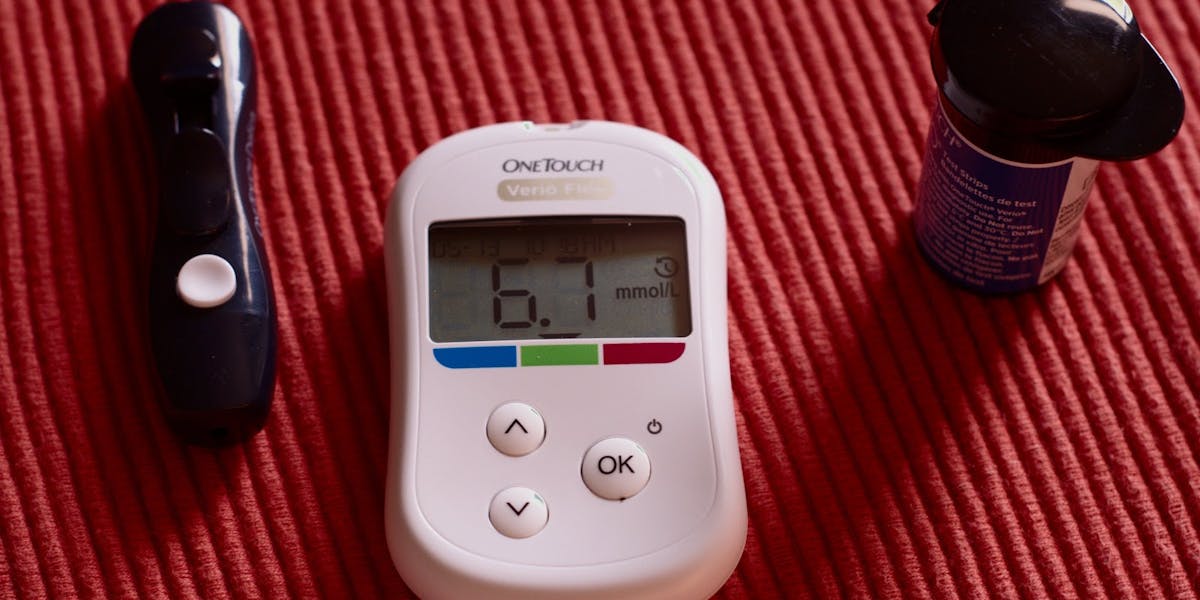
Author
Bharathi Dharmaraj
Bharathi is a typical social introvert and loves connecting with flora and fauna. More often you could find her talking biology and she writes.

What would you ask for, if a genie grants you a wish? Well, most of us would think of an 8 figure income, a lavish lifestyle and so on. We are all sailing in the same boat when it comes to dreaming about earning money and living a luxurious life. Yet, on the other side, we often fail to focus on the condition of our machine “The body” in this pursuit of chasing our dreams. Most of us ignore or are not even aware of the signs and symptoms it sometimes shows us. Only when it breaks down completely, we start worrying and finally realise that something is wrong. A few decades back, it were the communicable diseases that haunted people and took over the lives of millions. The discovery of vaccines and the advancements in medicine acted as saviours and drove these diseases away. Now, it would be quite appropriate to say that we live in the era of non-communicable diseases. India, the country with the fastest growing economy, the second most populous country in the world, the country with the largest youth population, has now earned another title,”The Diabetes Capital of The World”.
India houses the most number of people affected by Type 2 diabetes mellitus (T2DM). Currently, about 60 million Indians are affected by T2DM and this is expected to reach 100 million by 2030. There are several factors which have been responsible for this dramatic increase in the number of Type 2 Diabetes cases. The two main reasons for this put forward by researchers are genetic factors and change in lifestyle, particularly the adaptation of the so-called Western lifestyle, which is characterised by high calorie intake and less physical activity.
You are what you eat!
While walking along the roadsides in the evenings, we come across many street vendors selling hot samosas, fries and chips. The smell of these snacks items conquer the olfactory reflex which in turn urges us to try them. No matter how hard we restrain ourselves from fast foods, our feet always find their way. Processed and junk foods are enriched with sugar, salt, trans and refined fats. Also, cooking practices like frying in leftover oils and high heat treatment generates more TFAs (Trans fatty acids) regardless of the cooking oil. All these things contribute mainly to obesity. Obesity welcomes diabetes as they are closely tied entities, troubling normal lifestyle. The best way to keep yourself away from unhealthy foods is by reminding yourself of one thing, by eating, you aren’t just feeding yourself, you are serving trillions of cells in your body, each cell carrying out complex gigantic mechanisms which we can’t even think of.
Even in rural areas, India’s traditional diets rich in legumes, vegetables and whole grains are gradually disappearing. Coarse grains have been substituted with highly polished cereals that are rich in fats and oils. Traditional cereal based diets (rich in fibres and micro-nutrients) are associated with lower risk of cardiovascular disease and T2DM. Refining of grains may give a shiny polished appearance but they damage the kernel structure, eliminating essential micro-nutrients and dietary fibres. If our body blows like a balloon with this dietary pattern, our muscles start offering insulin resistance resulting in high amount of glucose streaming in our blood.
It is worth noting that the prevalence of diabetes is higher among urban Indians than the rural Indians. According to a 2004 survey, 16% of urban people and 3% of rural people were found to be affected with Diabetes. The likely explanation for this case is that these townies get easy, quick access to fast foods. These facts convey that it is high time we begin concentrating on our diet plans. We need to make peace with the fact that by eating these junks, we are becoming junkies and are getting addicted to them.
Commit to be Fit!
About 5 % of the Indian population is affected by morbid obesity. Irrespective of age limit and gender, this group is carrying a spare tire with them. Today’s technology has reduced most of the need for human movement, thus a presumably sedentary lifestyle has become mainstream. Studies report that increased physical activity reduces the risk of diabetes whereas sedentary behaviour increases the risk. However high may be the caloric intake, if the body does heavy work, it burns them out. After all, the body is an efficiently working machine, gifted to us. But since we are living in the era where physical activities are extinct, this beautifully designed machine is never made to work up to its true potential.
Beyond Biology!
Not all obese people are diabetic and not all who are lean are free from it. When it is profoundly analysed, we are introduced to another culprit called “genes”. Though overeating habit and sedentary lifestyle are practised all over the world, Indians seem more vulnerable to diabetes. This is because of ‘thrifty genotype’ which makes our muscles exhibit resistance to insulin.
According to this ‘ Thrifty Genotype’ hypothesis, some of world’s population, including Indians are genetically adapted to the environment with sparse caloric content. Evolution played a crucial part in shaping this genotype, as our ancestors were hunter gatherers and had to cope up with lots of droughts and famines. When abundant calories are available, insulin resistance makes the glucose circulate in blood, raising the sugar level. This hypothesis is not fully accepted as the specific gene responsible for the genotype hasn’t found yet.
To put things into perspective, Insulin is simply a hormone secreted by the pancreas that helps glucose in our blood enter the cells in our muscle, fat and liver where it is used up for energy. When excess fat is already available in our muscles, they will resist the insulin and won’t uptake the glucose from blood which is called insulin resistance. In olden days, food was not easily available for all the seasons as most of our ancestors were hunter-gatherers. Therefore, at times when abundant food was available, their genes had to work efficiently to collect utmost nutrients for their body and store the excess as reserved fats and the body used the energy from fats during the periods of starvation. This thrifty genotype suited their way of living.
In present days, our life pattern has changed very much. Food is available in plenty round the year but the evolved genotype is still performing its job wonderfully. It collects all the nutrients in more and more amounts than actually needed by our body and starts storing them as fats, preparing our body to face the famine which would never come. This increased intake of nutrients gets deposited as fats all over the body making the muscles develop insulin resistance. Hence the insulin hormone secreted in our body can’t control the glucose levels, causing the excess sugar streaming in blood. Though this hypothesis is neither proved nor fully accepted, the reasoning it gives seem to perfectly describe our current situation.
Safest place on earth ? Not your mother’s womb!
Some researchers are interested in the idea of ‘thrifty phenotype’, which starts from the mother’s womb. A fetus growing in a malnourished mother will be in the need of grabbing all glucose available for its development. It does this by making the muscles resistant to insulin. Since insulin is responsible for muscles storing glycogen, insulin resistance makes the sugar freely circulate in blood. When the infant enters this world, glucose will be freely available for him from the food. Unfortunately, the inability of the infant to store or process glucose prevails. This triggers the level of sugar in blood, inviting diabetes. This maternal link somewhat explains why the diabetes epidemic is being seen all over India, in both rural and urban areas.
In developing countries like India, a good maternal health is not still ensured. The fate of the health of a person is essentially decided during his/her mother’s gestation period. It is during this period, the structural and functional form of ‘you’ is designed. Ensuring the mother a healthy physical and emotional lifestyle is absolutely necessary for a healthy offspring.
Be full of beans!
In Western countries, T2DM generally affects people in their 40s and 50s whereas it strikes Indians at a much younger age. It has become a common sight to spot Indians of age 25 being diagnosed with the disease. This even threatens to slow down the country’s economic development to some extent.
Diabetes is not a deadly disease but it will definitely become one if ignored. Amidst this chaos, many affected people are leading a happy life because of controlled diet plans. We can still put the lid and confine its prevalence, if we take enough measures. This huge raise in diabetic population is not solely because of lack of awareness but also because of the disregard we offer to the disease. Follow a healthy and proper diet plan, provide your body with quality fuel and make it function efficiently. Work out everyday and drive out the sloth in you. Our body is the only chamber for our precious soul to fit in, keeping it healthy is the only regard we can show to it. Never ruin yourself in this fast-paced world. Live a satisfied and happy life.
DISCLAIMER: The opinions or views expressed are views of the individual writers and not of the institution. All forms of content published in this website and Student Journalist Council - GCT's social media handles are strictly properties of Student Journalist Council - GCT and are works of the various teams of the respective academic years.
No article, story or any form of content produced by Student Journalist Council - GCT is meant to be reproduced or distributed, either in parts or whole, without prior permission from Student Journalist Council - GCT for any purposes.